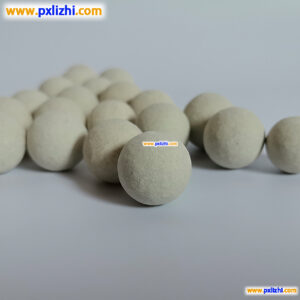
# Ceramic Ball Manufacturing Process and Applications
## Introduction to Ceramic Balls
Ceramic balls are high-performance spherical components made from various ceramic materials. These balls offer exceptional properties such as high hardness, wear resistance, corrosion resistance, and thermal stability. They find applications in numerous industries, from bearings and valves to medical devices and aerospace components.
## Manufacturing Process of Ceramic Balls
### 1. Raw Material Selection
The manufacturing process begins with selecting appropriate ceramic materials. Common choices include:
– Alumina (Al2O3)
– Zirconia (ZrO2)
– Silicon nitride (Si3N4)
– Silicon carbide (SiC)
### 2. Powder Preparation
The selected ceramic powder is carefully prepared to ensure uniformity and purity. This involves:
– Milling to achieve desired particle size
– Mixing with binders and additives
– Homogenization for consistent properties
### 3. Forming Process
Several methods are used to form ceramic balls:
– Dry pressing: Powder is compressed in spherical molds
– Isostatic pressing: Uniform pressure is applied from all directions
– Injection molding: Ceramic powder is mixed with plasticizers and injected into molds
### 4. Sintering
The formed balls undergo high-temperature sintering (typically 1400-1800°C) to achieve:
– Densification
– Strength development
– Final dimensional stability
### 5. Precision Grinding and Polishing
After sintering, the balls undergo precision machining to achieve:
– Tight dimensional tolerances
– Excellent sphericity
– Superior surface finish
## Quality Control Measures
Manufacturers implement rigorous quality control procedures:
– Dimensional inspection using coordinate measuring machines
– Surface roughness measurement
– Hardness testing
– Roundness verification
– Material composition analysis
## Applications of Ceramic Balls
### Industrial Applications
– Bearings: High-speed and corrosion-resistant applications
– Valves: Chemical processing and extreme environments
– Grinding media: For paint, ink, and pharmaceutical industries
– Flow control: In pumps and metering devices
### High-Tech Applications
– Aerospace: Satellite components and guidance systems
– Medical: Joint replacements and dental implants
– Electronics: Insulating components in high-voltage applications
– Automotive: Fuel injection systems and turbochargers
## Advantages of Ceramic Balls
Compared to metal balls, ceramic balls offer:
– Higher hardness and wear resistance
– Better corrosion resistance
– Lower density (reducing centrifugal forces)
– Non-magnetic and non-conductive properties
– Excellent performance in extreme temperatures
## Future Trends in Ceramic Ball Technology
The ceramic ball industry continues to evolve with:
– Development of new composite materials
– Improved manufacturing precision
Keyword: ceramic ball
– Expansion into new application areas
– Enhanced quality control techniques
– Cost reduction through process optimization
As technology advances, ceramic balls are expected to play an increasingly important role in various high-performance applications across multiple industries.
